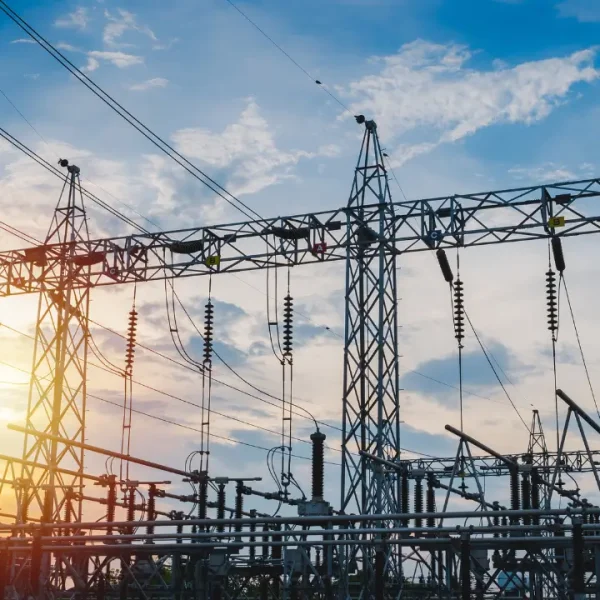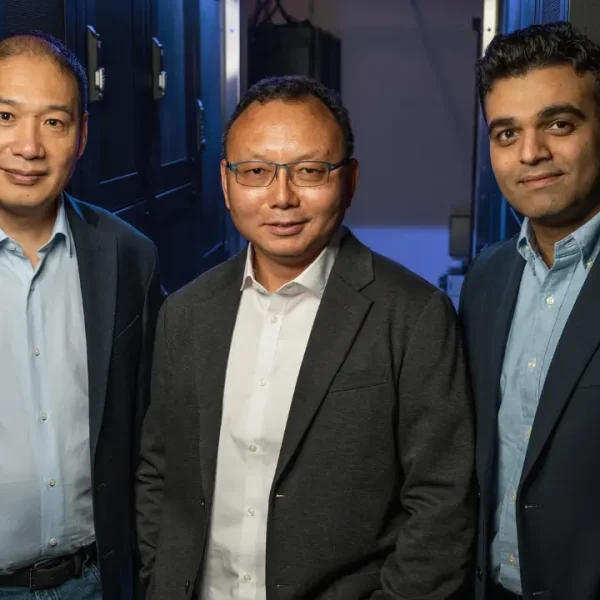Every expansion in AI compute now confronts the same global question: how do we scale responsibly without deepening the industry’s environmental burden? In the Nordics, the latest development offers a meaningful case study. Nscale and Verne have announced plans to deploy a 15-megawatt, renewable-powered AI infrastructure installation in Iceland.
The region is already familiar territory for Nscale, beginning with its Glomfjord site and expanding through its large-scale facility in Narvik, built via a joint venture with Aker ASA. With the Iceland deployment in partnership with Verne, Nscale is signaling that sustainable AI capacity in Europe is both achievable and urgent.
What stood out to us was the level of engineering precision shaping the project rather than its scale alone. The deployment includes roughly 4,600 NVIDIA Blackwell Ultra GPUs scheduled to come online in 2026, operating within an 85% liquid-cooled and 15% air-cooled configuration across Verne’s Icelandic campus. Enabled by abundant renewable energy and naturally cold climate conditions that reduce power consumption, the system will become one of the largest liquid-cooled GPU installations in Iceland.
This expansion arrives at a time when global compute demand is accelerating faster than traditional infrastructure can sustainably support. In that context, Iceland’s role is strategic: 100% renewable energy and naturally optimized free-cooling environments create conditions ideally suited for training and deploying large-scale AI workloads with lower environmental cost.
In conversations surrounding the announcement, Nscale has emphasized the responsibility dimension of the story. The company argues that the next generation of AI will not be defined solely by performance but by the integrity and sustainability of the systems powering it, a stance increasingly echoed by governments, enterprises, and investors scrutinizing the energy footprint of advanced compute.
From our perspective, the Nscale-Verne partnership reflects a broader shift in AI infrastructure strategy across Europe. Rather than racing to add capacity at any cost, companies are beginning to engineer systems that balance power, efficiency, and long-term ecological resilience. It is a direction we believe will define competitive advantage in the global AI ecosystem.
As we continue tracking developments in the region, it is becoming unmistakably clear that sustainable AI infrastructure is moving from a differentiator to an expectation and likely the standard by which future AI capability and leadership will be measured.












